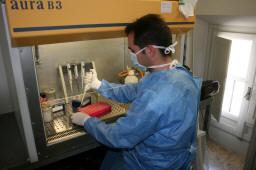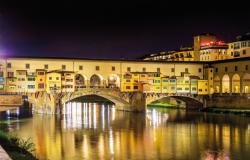Florence University's LENS lab in Sesto Fiorentino has executed research that opens new doors in the study of electric conductors and for the first time puts a key theory of Nobel prize winner Phillip W. Anderson in practice.
The exceptional discovery of the Florentine team has been published in the prestigious scientific journal, Nature.
It is an important recognition for the researchers at LENS (Laboratorio Europeo di Spettoscopie non Lineari) of the University of Florence, who, along with the Istituto Nazionale di Fisica della Materia (INFM-CNR) reproduced for the first time a fundamental phenomenon of the behavior of electric conductors - on the basis of which they can become isolating - described in Anderson's research 50 years ago.
Seven young researchers were responsible for the project, under the guidance of professors Massimo Inguscio and Giovanni Modugno - a freelance team united in their great passion. Some are researchers with project contracts, while others work thanks to scholarships and with the knowledge they are working on a cutting-edge project.
It is a revealing picture of Italian and Tuscan research, that, notwithstanding lower investments with respect to those abroad, succeeds in obtaining results that are envied around the world.
University of Florence professor and director of the research group, Massimo Inguscio, said, ''Exactly 50 years ago, American physicist Anderson (awarded the Nobel prize for his work in 1977) gave a clear explanation of the phenomenon in terms of interference of the matter waves with the imperfectly ordered structure of crystal. Until now, it was impossible to observe Anderson's localization in experiments with electrons, due to the strong interaction among the electrons themselves and had to return to weightless systems like photons''.





